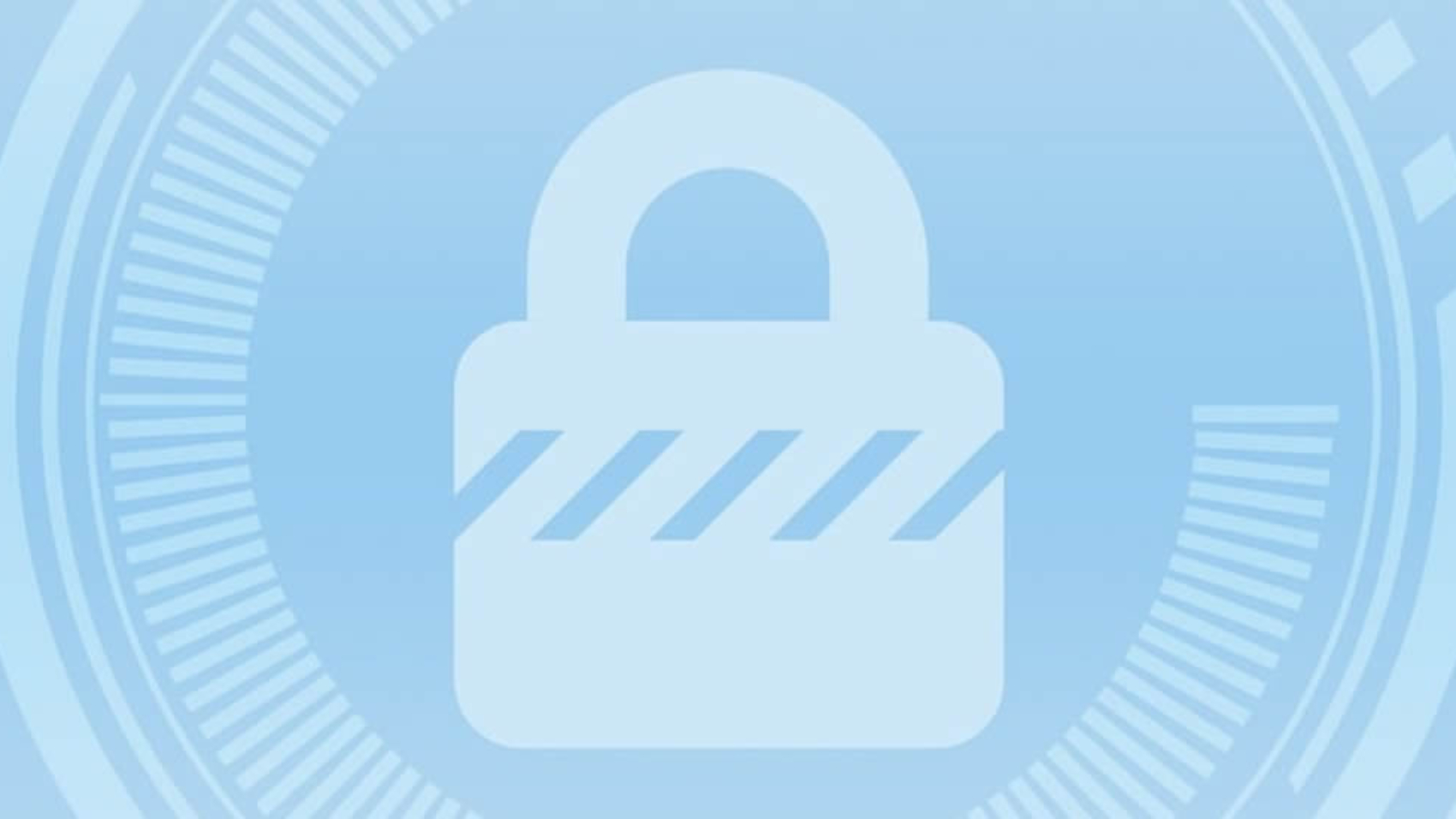In our previous blogs, we embarked on a journey through the complicated and complex landscape of Common Criteria Certification, exploring its significance, evaluation steps, assurance levels, and potential pitfalls. The path from compliance to excellence in Common Criteria Certification is not always straightforward. It requires a strategic approach, careful planning, and a commitment to continuous improvement. In this blog post, we explore strategies for optimizing Common Criteria Certification processes to elevate cybersecurity posture from mere compliance to industry-leading excellence.
Optimization Strategies
Early Engagement: One of the keys to optimizing Common Criteria Certification processes is to involve security experts early in the product development lifecycle. By integrating security considerations from the beginning, organizations can identify potential vulnerabilities and compliance requirements upfront, streamlining the certification process and minimizing costly rework later on.
Tailored Approach: Every product is unique, and so too should be its approach to Common Criteria Certification. Instead of adopting a one-size-fits-all approach, organizations should tailor their certification strategy to align with the specific security needs and objectives of their product. This may involve conducting a thorough risk assessment, identifying applicable security standards, and customizing evaluation criteria accordingly.
Collaborative Effort: Achieving Common Criteria Certification requires collaboration across multidisciplinary teams, including developers, security engineers, quality assurance specialists, and project managers. With collaboration and communication among these stakeholders, organizations can ensure alignment on security requirements, expedite decision-making, and mitigate potential roadblocks throughout the certification process.
Automation and Tooling: Leveraging automation tools and technologies can significantly make Common Criteria Certification processes more efficient, reducing manual effort, minimizing human error, and accelerating time to market. From automated testing frameworks to compliance tracking tools, adopting automation to product development processes can enhance efficiency and effectiveness across the certification lifecycle.
Continuous Improvement: Optimization is an ongoing journey, not a one-time endeavor. Organizations should adopt a mindset of continuous improvement, regularly evaluating and refining their Common Criteria Certification processes based on lessons learned, emerging best practices, and evolving security threats. This may involve conducting post-certification reviews, seeking feedback from stakeholders, and proactively addressing areas for enhancement.
As we conclude this discussion, we’ve highlighted key strategies for optimizing Common Criteria Certification processes, offering a roadmap to elevate cybersecurity posture from compliance to industry-leading excellence. Collaborating with security experts is essential for optimizing Common Criteria Certification processes. Their expertise in identifying vulnerabilities and compliance requirements allows organizations to address security concerns early on, reducing the risk of rework and improving cybersecurity posture. This collaboration also ensures alignment with industry standards, boosting confidence in certified products. As we embark on this journey towards excellence, let’s remain watchful, adaptable, and proactive in our pursuit of cybersecurity excellence.

